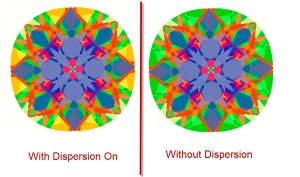iota15
Brilliant_Rock
- Joined
- Mar 19, 2010
- Messages
- 1,278
http://www.goodoldgold.com/diamond/7801/
Take a look at Aset of this O colored August Vintage Cushion. What does the yellow in the Aset represent? The culet looks white, so white = leakage.
Does the yellow also represent leakage, but is colored by the O color of this stone?
Take a look at Aset of this O colored August Vintage Cushion. What does the yellow in the Aset represent? The culet looks white, so white = leakage.
Does the yellow also represent leakage, but is colored by the O color of this stone?










300x240.png)